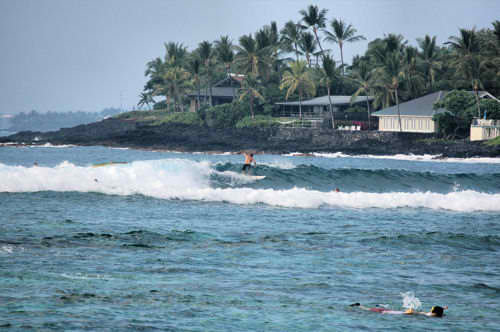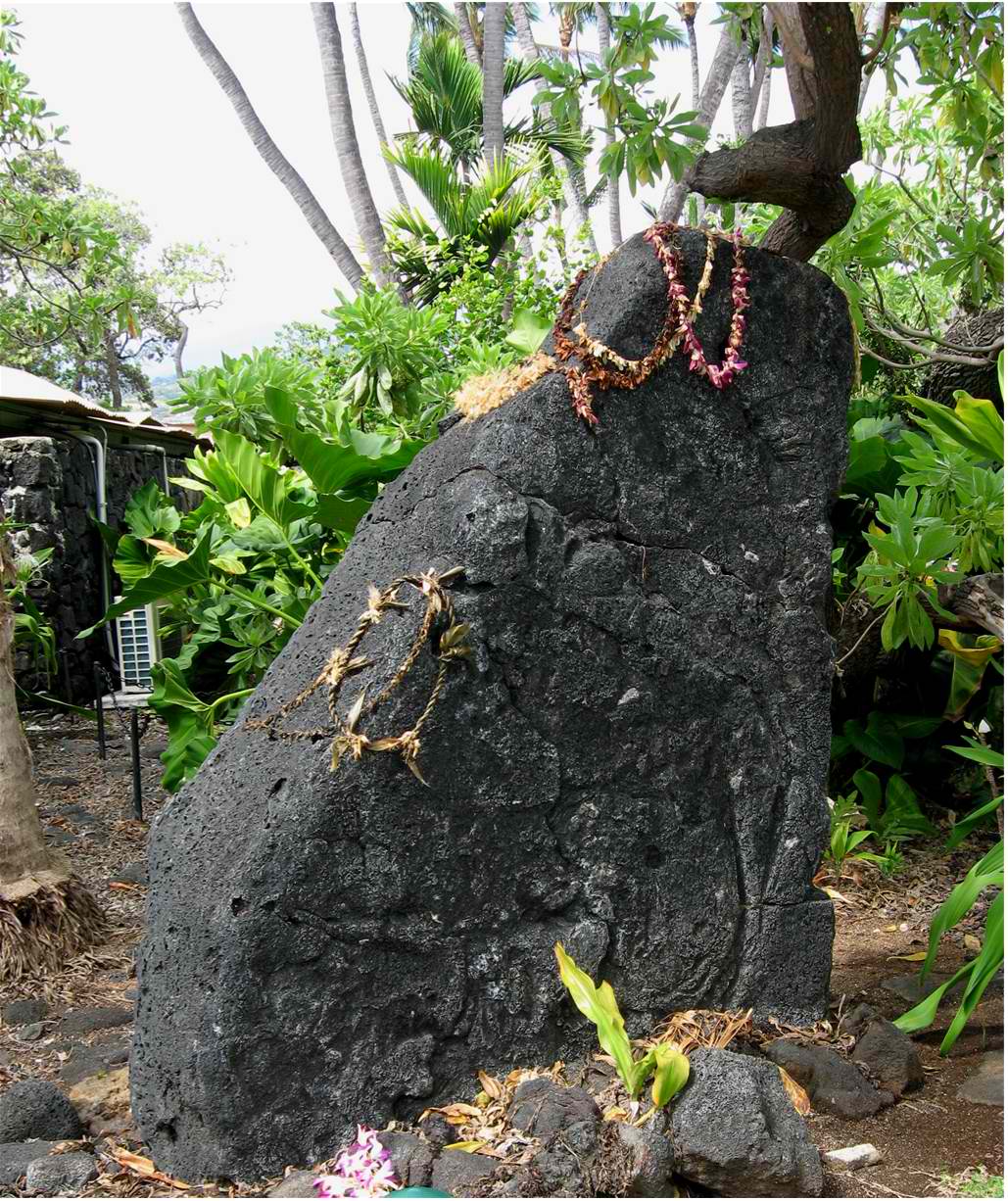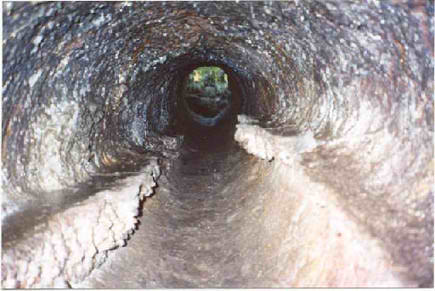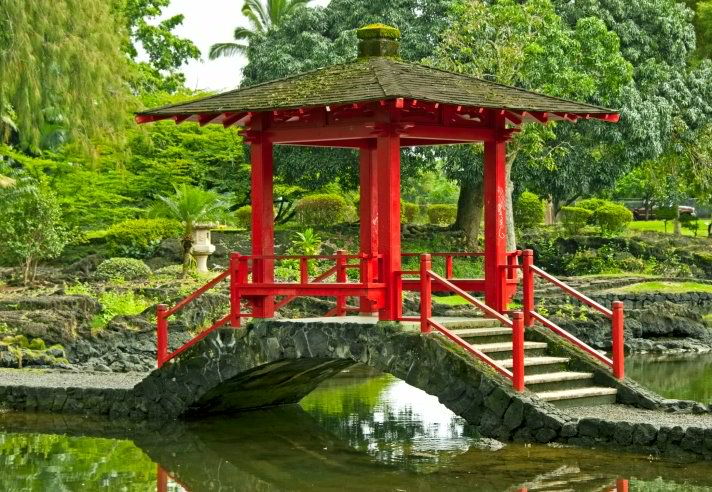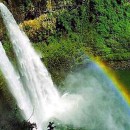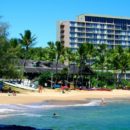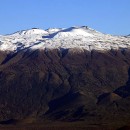Kahaluu Bay is a district in the Kona coast of the Big Island of Hawaii. Aside from being a popular recreation area, Kahuluu bay is known for its historical significance. It used to be an important royal residence in the 18th and 19th centuries and was declared a historic district in 1974.
Some of the historical attractions in the area are the Pa o ka menehune or remnants of a breakwater constructed using an ancient Hawaiian technique. The wall might have once enclosed the entire bay.
There are also several Hawaiian temples or Heiau that were constructed using the dry-stack masonry technique (uhau humu pohaku). The technique was considered a major undertaking, making the ten temples that were built on the bay an unusual find.
One of the temples, the Kuemanu Heiau, is located on the north end of the bay. This was used by royalty to view surfing and as a residence. Nearby is the Keawaiki canoe landing site, popular today among local surfers.
The remains of two ancient fishponds, Waikuaala and Poo Hawaii, are still visible at Kahaluu Bay. Other structures in the area include Royal Governor John Adams Kuakini's thatched roof house and King David Kalākaua's beach house which has been reconstructed.
At the southern part of the bay is Hāpaialii Heia, built between 1411 and 1465 and restored in 2007. It was believed to have been used as an astrological observatory. Other temples in this part of the bay include the Keeku Heiau, which was used for human sacrifice (luakini) and Kapuanoni Heiau. Two more Heiaus are being reconstructed.
Petroglyphs, thought to depict the defeat of Kamalalawalu of Maui by Lonoikamakahiki, can be viewed during low tide near the temples. Several kuula (sacred stones, said to have been brought from Maui) were monuments to the plentiful fish and Green turtles that are still found in the bay.
Today, Kahaluu Bay is also a popular surfing snorkeling destination.

